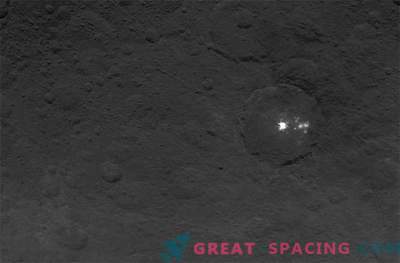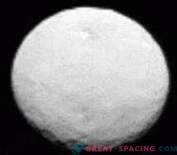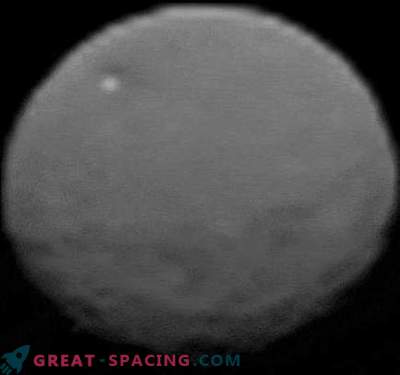
The NASA Dawn probe is slowly approaching its ultimate goal and the new images of the dwarf planet Ceres reveal this fascinating complex world.
The image data was obtained on February 12 from a distance of about 52,000 miles (83,000 km), when the spacecraft was slowly approaching its ultimate goal. Today, these are the clearest images of Ceres, in which each pixel is 4, 9 miles (7, 8 km).
Unlike fast combustion engines, which are commonly used in conventional rockets to activate spacecraft (for example, the NASA Cassini probe), Dawn uses ion engines. This type of engine allows continuous thrust over a long period of time using a limited amount of fuel. Thus, instead of flying at full speed to Ceres, Dawn slowly approaches the dwarf planet, allowing us to observe the inner body of the solar system for many weeks. Of particular interest to planetary scientists remains bright spots on the surface - including a particularly bright formation, which can be seen in this photo.
During the journey of Dawn through the asteroid belt - an area of space between the orbits of Mars and Jupiter - the Hubble Space Telescope discovered water streams around Ceres. Can these jets be connected with the geysers that we see on the surface of Saturn’s satellite Enceladus or Jupiter’s satellite of Europe? If so, then these bright formations may be cracks in the ice crust of the dwarf planet.
But as these images show, Ceres is covered with craters, hinting to us that it has an ancient rocky surface, not an ice crust. So maybe these white areas are signs of cryovolcanism?
So far these are only guesses, but as Dawn approaches Ceres, many of these secrets will be revealed.











































